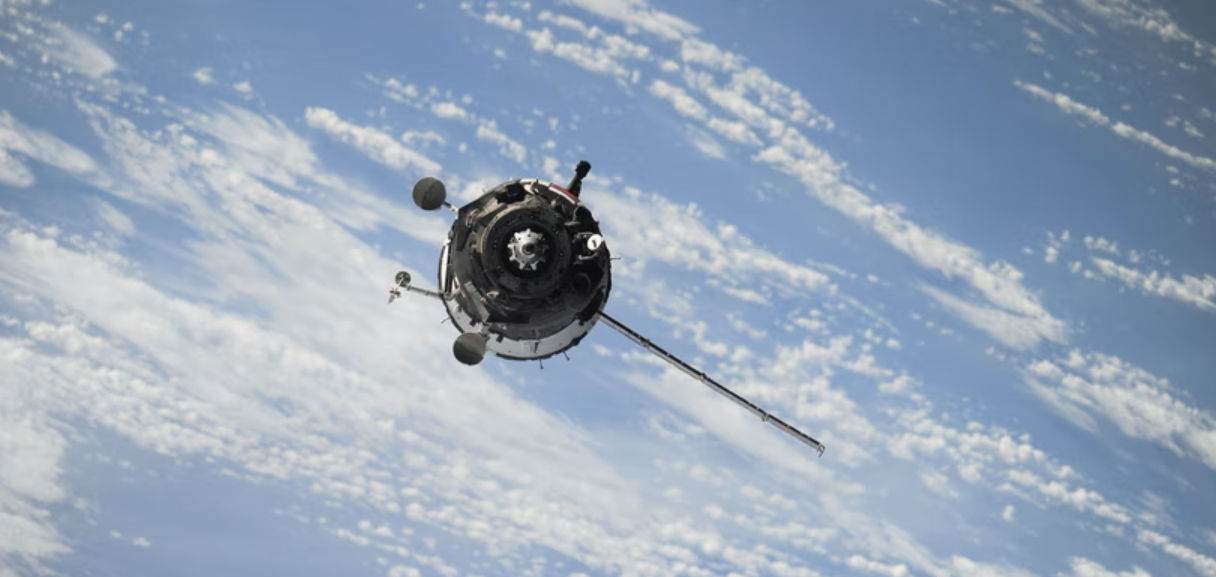Artificial satellites are launched in space by putting them inside the cargo bay of rockets, which then go beyond the earth’s atmosphere and release the satellite into space. The opposing forces of the momentum the satellite has gained from the rocket, and that of the earth’s gravity, keep the satellite in its position.
The rocket that carries a satellite uses propellant in order to create an upward force, thrust, which naturally has to be greater than that of the earth’s gravitational pull. The rocket has to be erect while launching, since this reduces the surface area through which the thrust is applied, thus creating greater pressure and consuming lesser fuel. The location of the launch also plays a determining factor, since the boost the rocket gets is directly proportional to the earth’s rotational velocity.
Also Read| What is AzaadiSAT?
The minimum speed a rocket needs in order to go beyond the earth’s atmosphere is around 17,800 miles per hour. It then flies in a curvature around the earth. Rockets usually fly east in keeping with the earth’s rotation, which gives it an additional boost. Its positioning is then determined by calculations made using its inertial guidance systems.
The idea of how a satellite could work was first proposed in a thought experiment by Isaac Newton, entitled Newton’s cannonball. It was the Soviet Union that first managed to make this a reality in 1957 with Sputnik 1. One month later, the Soviet Union launched the Sputnik 2, which also carried a dog called Laika, which became the first ever living being in space. The United States launched their first ever satellite, Explorer 1, in the following year.
Also Read| ISRO rocket carrying 2 satellites experiences data loss in final phase
Satellites have now become an integral part of our lives. From helping us surf the internet and talk on mobile phones, to directing the exact location of a missile’s target, the practical applications of satellites are increasing every day.







